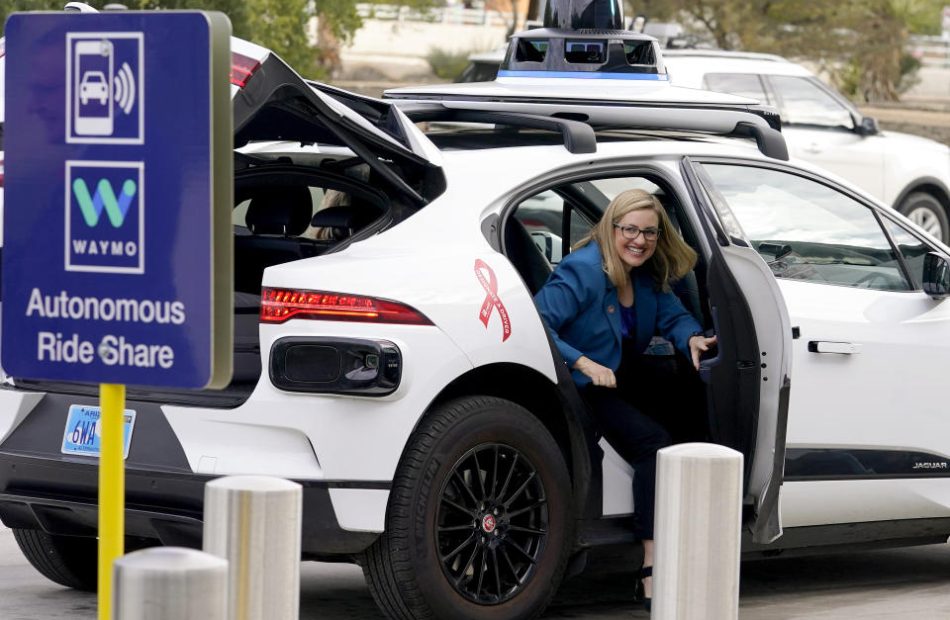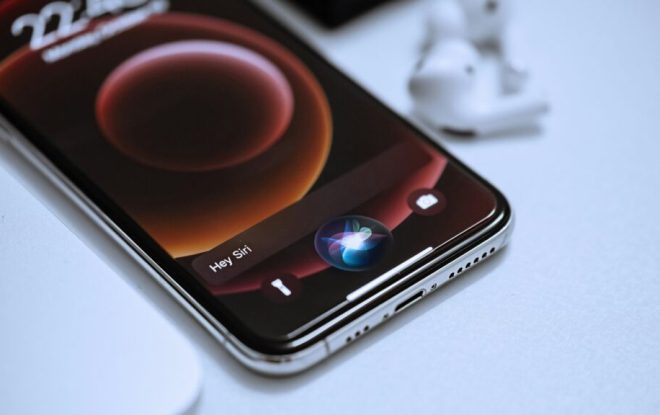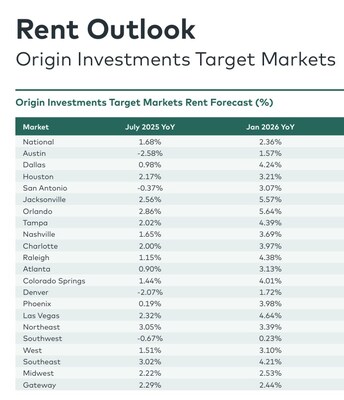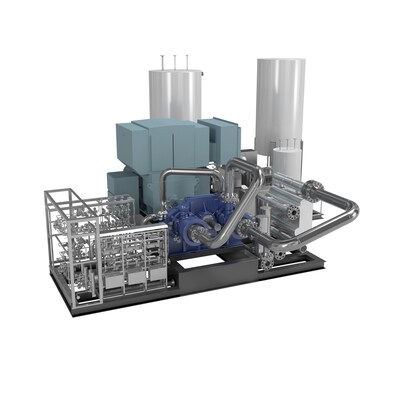Can robotaxis turn a profit? Experts skeptical as Tesla prepares to unveil plans.
Tesla (TSLA) CEO Elon Musk has long touted autonomous vehicles as the future of the company.
At his shareholder meeting in June, Musk said the technology alone would boost the company’s value by at least tenfold.
But with Musk set to unveil details on Oct. 10 about an autonomous taxi fleet he has teased for years, skeptics caution that robotaxis may be years away from becoming a profitable venture.
“It might be a little difficult to get crazy excited,” RBC Capital Markets analyst Tom Narayan said about the potential stock reaction for Tesla. “This is far into the future, so we just don’t know how big it’s going to impact [the business].”
Tesla’s entry into the market would put the company in direct competition with Google’s (GOOG, GOOGL) Waymo, which has been operating its self-driving taxi fleet in Los Angeles, San Francisco, and Phoenix, with an expansion scheduled in Austin.
While the timeline for any autonomous taxi from Tesla remains uncertain, analysts point to Waymo’s business model as proof of challenging economics.
Unlike Uber (Uber) and Lyft (LYFT), which utilize vehicles owned and operated by individual drivers, autonomous taxi firms must own their entire fleet. That means overseeing the cost of maintenance, car insurance, charging infrastructure, and cleaning.
It all amounts to an operational cost of $0.42 per mile per vehicle, according to a report by Lux Research. Chris Robinson, senior director of the energy team and author of the report, said that amounts to two to three times the cost of car ownership.
“You need to drive down the cost of offering those services to be competitive with car ownership,” Robinson said. “That’s why I don’t think we’ll see car ownership fundamentally displaced more so than services like Uber and taxi drivers that would be displaced by robotaxis.”
Operational costs are compounded by the process of automating the vehicles. Waymo’s current fleet is made up of Jaguar I-PACE electric vehicles that are equipped for human drivers but retrofitted with high-tech sensors and computers to achieve full autonomy.
While parent company Alphabet doesn’t specifically break out revenue data for its self-driving service, its business unit that includes Waymo posted an operating loss of roughly $2 billion in the first half of the year. Robinson estimates that equipment costs alone surpass $40,000 per vehicle today.
Amazon’s (AMZN) Zoox is attempting to change that calculation with a vehicle built in-house specifically for autonomous use. The company’s vehicles, shaped like toasters, have no steering wheel, no pedals, and no driver’s seat. The ride operates bidirectionally, which means it can drive both ways.
The company is set to launch its service in Las Vegas next year. Co-founder and chief technical officer Jesse Levinson said Zoox would not have survived and made it to market without backing from Amazon, which acquired the company in 2020.
“Making a car is an expensive endeavor in general, but this is a new type of vehicle,” he said. “[You need to] build the autonomy stack, integrate it with this custom robotaxi, you need to collect many, many millions of miles of data. You need to do tons of simulation, you need to develop all kinds of firmware and AI algorithms and the glue to connect it all together. Then you have to validate it out in the field and prove that it’s actually safer than a human. Doing all that takes a lot of time and it takes a lot of capital.”
Consulting firm McKinsey & Co. estimated the global autonomous taxi market could generate as much as $1.3 trillion in revenue by 2030.
Tesla bulls argue that the company holds clear advantages as a proven carmaker armed with data from millions of drivers. But the company has yet to prove that its self-driving technology can operate on its own, and Musk has yet to provide details on how any autonomous fleet would work.
Regardless of a delayed timeline, Narayan said he expects Tesla’s autonomous fleet to contribute to the company’s revenue in a meaningful way. In his latest note, he said robotaxis and full self-driving subscriptions would account for half of Tesla’s valuation.
“I’m a big believer in the robotaxi concept,” he said.
Click here for the latest technology news that will impact the stock market
Read the latest financial and business news from Yahoo Finance





Leave a Reply